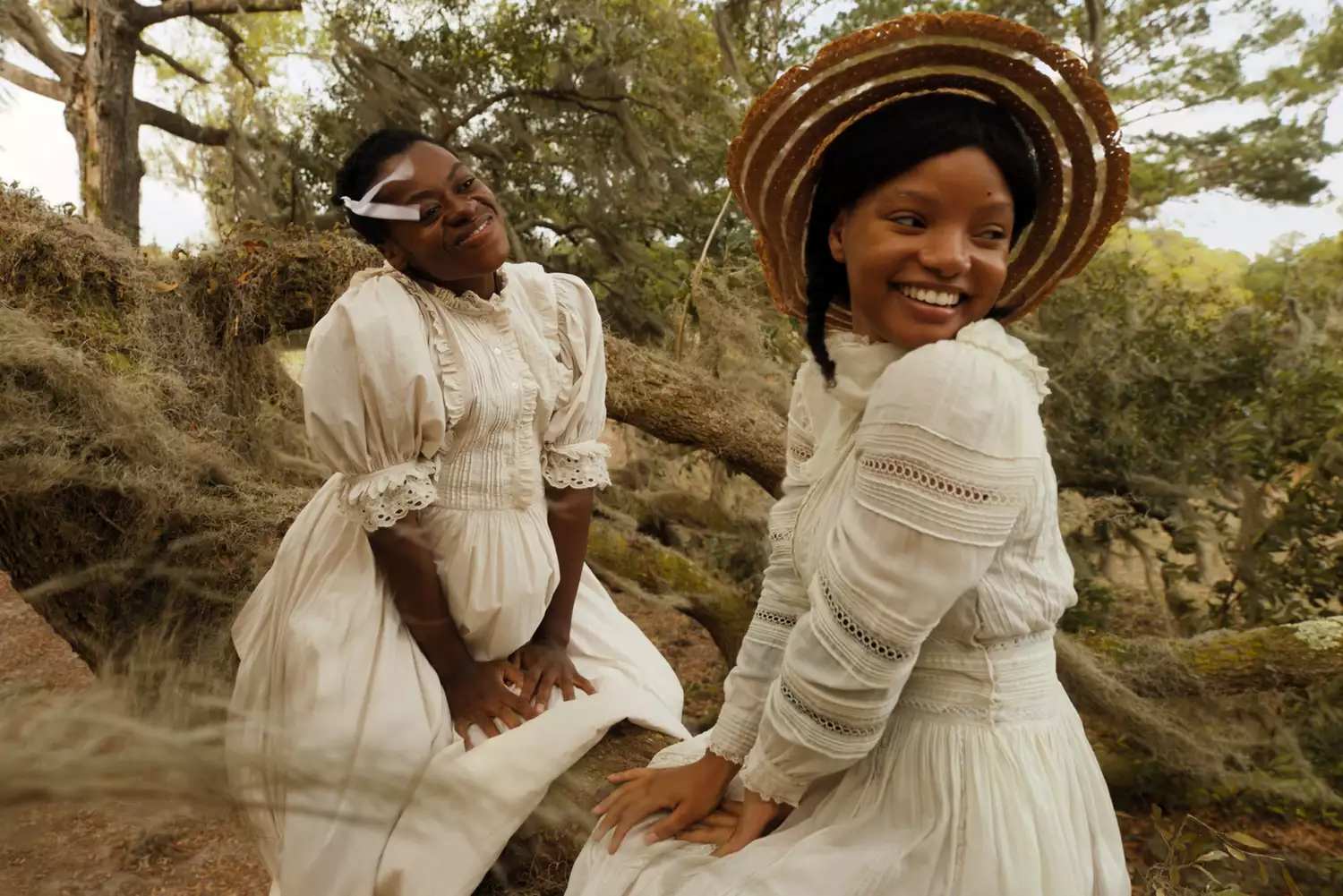The Color Purple is a classic story about strength, sisters, and finding oneself. It was directed by Blitz Bazawule and produced by a great group of people including Steven Spielberg and Oprah Winfrey. The story goes on, it show how African-American women in the South in the early 1900s dealt with problems and achieved success. In 1909, the movie introduces us to Celie and her sister Nettie. They are both teenagers and are dealing with the problems that come with living in a small coastal Georgia town.
Celie’s life goes from bad to worse when she is abused over and over again, made to get married, and split up from her sister. When Mister (Colman Domingo), Celie’s cruel husband, shows up, it’s a turning point because her problems with him get worse. The story takes place over forty years and is a moving look at love, friendship, and the unbreakable bond between sisters. From being abused, raped, and pushed into marriage to finding comfort in the unique bond between three women, Celie’s story is one of bravery, strength, and the search for one’s identity. tvacute talks about the plot of the movie, whether it is based on real events.
Is The Color Purple (2023) based on real events?
No, The Color Purple (2023) is not directly based on historical events. It is an adaption of the fictional 1982 book of the same name by Alice Walker. However, the book is based on the hard lives and struggles of African-American women in the early 1900s, which shows the problems that society was facing at that time. Even though the story isn’t based on real events, it does a powerful job of showing how Black women at that time were oppressed, discriminated against, and treated differently because of their race.
The Color Purple (2023) is the second movie based on Alice Walker’s book. It comes after Steven Spielberg’s 1985 movie, which was made by Spielberg and Quincy Jones. Not only does The Color Purple (2023) honor the 1985 movie, but it also takes ideas from the popular Broadway show of the same name.
Walker’s story is based on her own experiences and points of view. This means that Celie’s problems are a mirror of bigger historical and social problems. The fact that Walker was the first Black woman to win the Pulitzer Prize for Fiction gives the story more credibility and gives it a unique voice. There are many strong ways that “The Color Purple,” both in books and movies, shows how Black women try to find freedom, self-discovery, and community.
Fantasia Barrino, who plays Celie again, gives a powerful performance that holds the musical version together. Barrino gives the character a lot of depth and feeling by drawing on her experience as the winner of Season 3 of “American Idol.” She handles Celie’s heartbreaking character arc with skill.
Behind the scenes, director Blitz Bazawule plans a feast for the eyes and ears that makes the story better. Working with directors like Steven Spielberg, Oprah Winfrey, Quincy Jones, and Scott Sanders, Bazawule makes sure that the movie honors the ones that came before it while also giving a new view. Important songs from the 1985 movie, like “Miss Celie’s Blues (Sister),” were used as a tribute to the movie’s memory.
Because musical aspects were added to the adaptation, the story becomes more interesting without losing its authenticity. The singing numbers, emotional set pieces, and lively performances all add to the complex picture of Celie’s life, making it easy for viewers to feel like they know her.
The Color Purple (2023) is a work of fiction, but some of its themes are based on real events that happened in the early 20th century. These themes show the struggles and successes of Black women trying to find freedom and themselves in a society that is full of racism. In the same way that the book does, the movie uses a fictional story to show how people and towns struggled during a crucial time in history.
